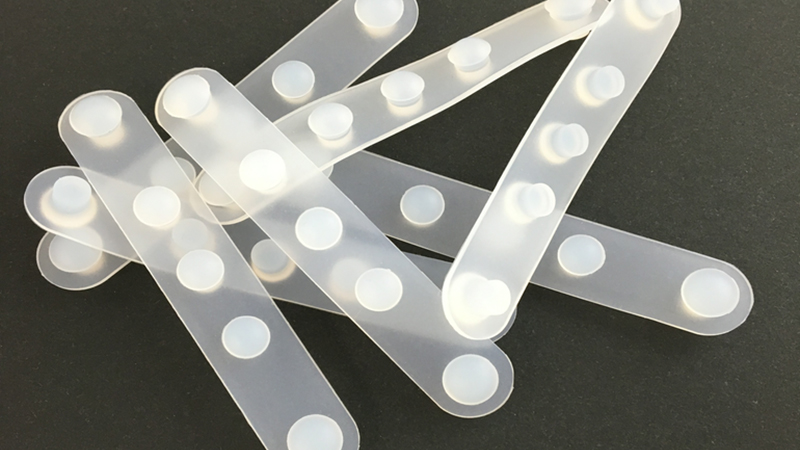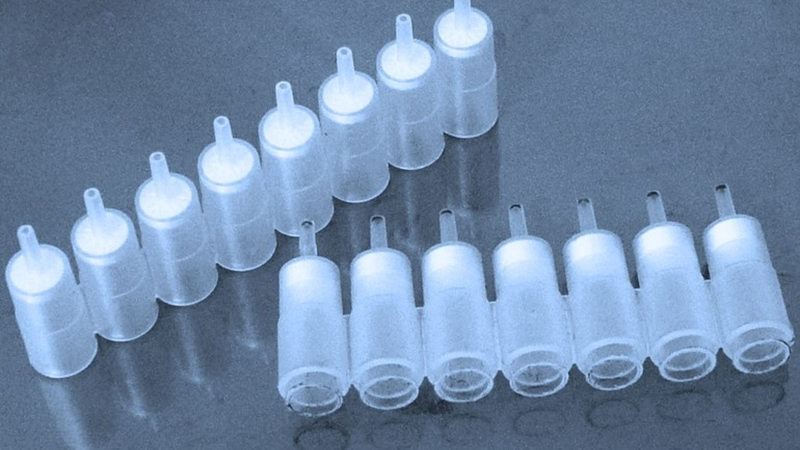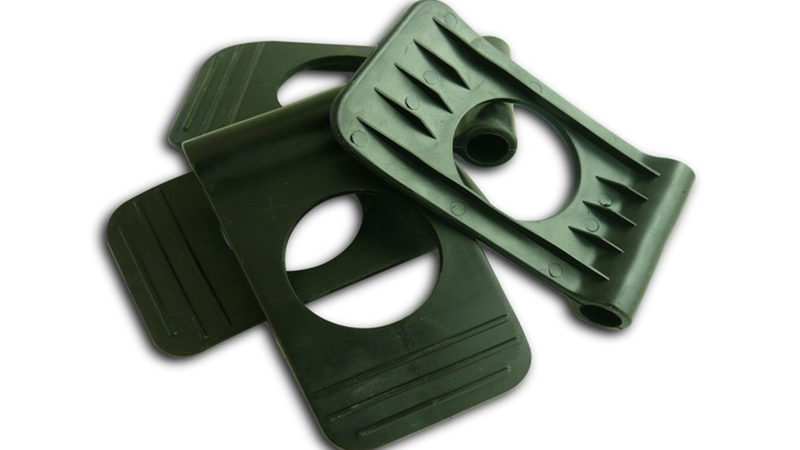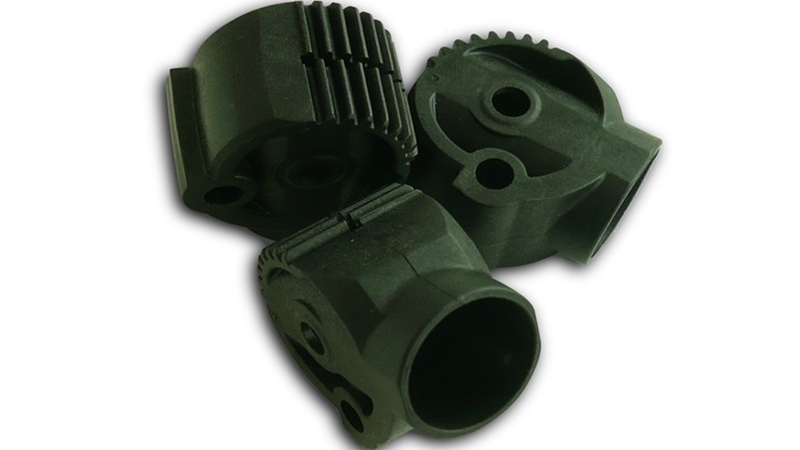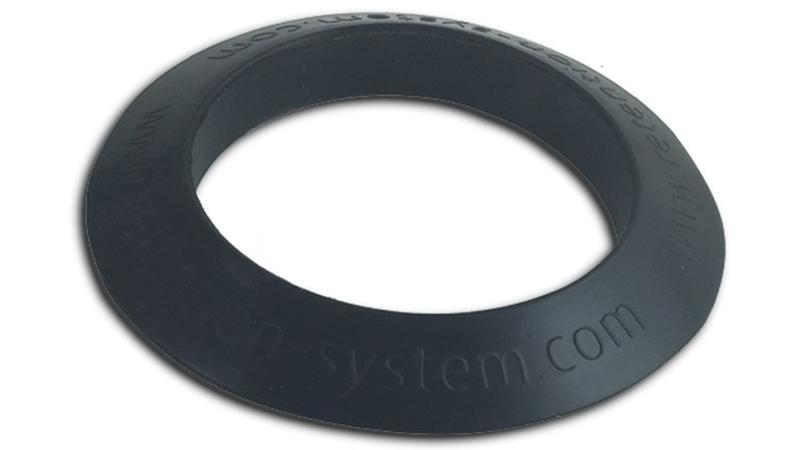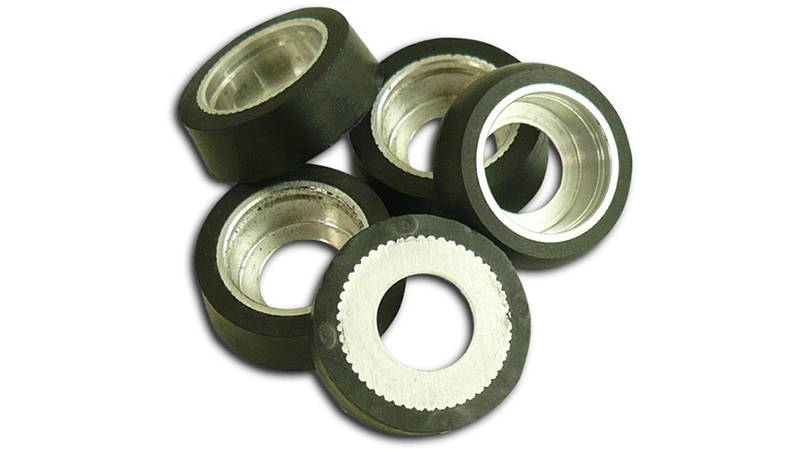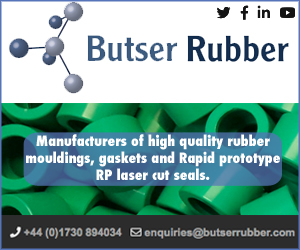Address
unit 9
Thesiger Close
Thesiger Close
Worthing
BN11 2RN
About Darac Ltd
Rubber Moulding
Our bespoke rubber mouldings are manufactured in a wide variety of compounds.
All with the common feature of an elastomer. namely : deforming under load and then snapping back to almost original shape when the force is removed.
All rubber components require vulcanization or curing. A process of heating and pressure in a mould. There are three types of moulding processes to achieve the vulcanization. All of the three below a carried out using mould tools.
We Specialize in Small Rubber mouldings. Common materials used:
Rubber To Metal Bonding Process:
To create a rubber to metal bonding requires the same expertise of rubber moulding, with the addition of preparation of the metal part, so that an excellent bond is achieved. The metal part is degreased, then a heat activated adhesive is applied, usually by spraying. When the metal insert is placed in the tool, the rubber is free to fill the cavity of the tool whilst adhering to the metal. Not all metals can be bonded with rubber. We can advise on this.
Services:
Rubber O rings are the most common seals available.
They are widely used in industrial applications such as hydraulics
There are no fields of industry where the O-Ring is not used. From an individual seal for repairs or maintenance to a quality assured applications in general engineering. The O-ring is used predominantly for static sealing applications:
The Injection moulding process creates our plastic products. There are six basic steps in this manufacturing process:
Parts manufactured from TPE or also known as TPU will feel like flexible, rubbery materials that can be repeatedly stretched without permanently deforming the shape of the part.
Unlike thermoset Rubbers - e.g. natural rubber, TPEs do not require vulcanisation or curing.
Multi Colour Mouldings
We can mould 2 Different colour silicone materials together e.g. This gives a harder wearing surface than a traditional screen printed logo.
Common materials used:
We specialise in small custom mouldings in this industry. We can also supply food grade FDA moulding's. High class materials with virtually no flash
PTFE, Polytetrafluoroethylene
PTFE is a thermoplastic polymer, which is a white solid at room temperature.
The compound is produced by free-radical polymerization of tetrafluoroethylene. It maintains high strength and self-lubrication at very low temperatures and is resistant to many aggressive chemicals, most people associate PTFE with non-stick pans, where it has many trade names like Teflon.
Our bespoke rubber mouldings are manufactured in a wide variety of compounds.
All with the common feature of an elastomer. namely : deforming under load and then snapping back to almost original shape when the force is removed.
All rubber components require vulcanization or curing. A process of heating and pressure in a mould. There are three types of moulding processes to achieve the vulcanization. All of the three below a carried out using mould tools.
- Compression moulding
- Transfer moulding
- Injection moulding
We Specialize in Small Rubber mouldings. Common materials used:
- Silicone
- EPDM
- Nitrile
- Neoprene
- FKM (Fluorocarbon)
Rubber To Metal Bonding Process:
To create a rubber to metal bonding requires the same expertise of rubber moulding, with the addition of preparation of the metal part, so that an excellent bond is achieved. The metal part is degreased, then a heat activated adhesive is applied, usually by spraying. When the metal insert is placed in the tool, the rubber is free to fill the cavity of the tool whilst adhering to the metal. Not all metals can be bonded with rubber. We can advise on this.
Services:
- Single cavity sample tooling
- Multi cavity high volume production moulding
- Aluminium, Brass, Steel etc. bonded with any type of rubber compound
- EPDM, Nitrile, Natural rubber etc.
Rubber O rings are the most common seals available.
They are widely used in industrial applications such as hydraulics
There are no fields of industry where the O-Ring is not used. From an individual seal for repairs or maintenance to a quality assured applications in general engineering. The O-ring is used predominantly for static sealing applications:
- As a radial static seal, e.g. for bushings, covers, pipes, cylinders.
- As an axial static seal, e.g. for flanges, plates, caps.
The Injection moulding process creates our plastic products. There are six basic steps in this manufacturing process:
- 1. Clamping - The mould is clamped together in its closed state
- 2. Injection - The molten plastic is injected into the tool under pressure, usually using a reciprocating screw device
- 3. Dwelling - Once the plastic is injected then additional pressure is applied to make sure all the cavities in the tool are filled evenly
- 4. Cooling - The plastic is cooled and solidifies in the tool
- 5. Opening - The movable side of the mould is pulled away from the fixed side
- 6. Ejection - The finished parts are pushed out of the cavities, usually by ejector pins. If you look closely, you often see the ejector pin marks on plastic mouldings.
Parts manufactured from TPE or also known as TPU will feel like flexible, rubbery materials that can be repeatedly stretched without permanently deforming the shape of the part.
Unlike thermoset Rubbers - e.g. natural rubber, TPEs do not require vulcanisation or curing.
Multi Colour Mouldings
We can mould 2 Different colour silicone materials together e.g. This gives a harder wearing surface than a traditional screen printed logo.
Common materials used:
- Silicone
- We no longer use PVC because of its poor environmental impact
We specialise in small custom mouldings in this industry. We can also supply food grade FDA moulding's. High class materials with virtually no flash
PTFE, Polytetrafluoroethylene
PTFE is a thermoplastic polymer, which is a white solid at room temperature.
The compound is produced by free-radical polymerization of tetrafluoroethylene. It maintains high strength and self-lubrication at very low temperatures and is resistant to many aggressive chemicals, most people associate PTFE with non-stick pans, where it has many trade names like Teflon.
 UK
UK Ireland
Ireland Scotland
Scotland London
London


